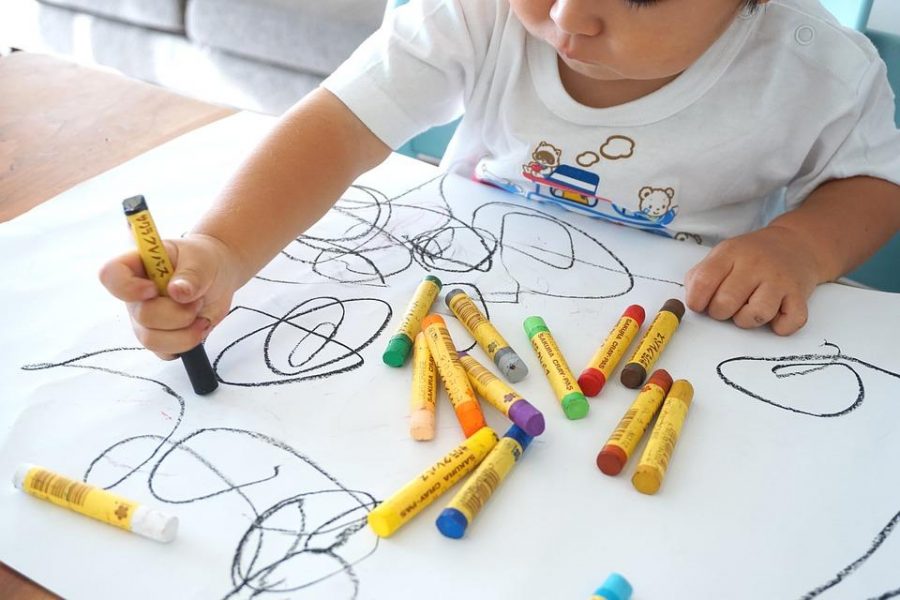Children are introduced to the the arts in many different ways. Whether it be dancing to classical music in the living room, hand painting on the kitchen counter or playing pretend in the back yard, all children experience some form of the arts from an early age. Exposure to the arts as a child is very important to the future of that individual. Participation in the arts improves personal confidence, problem solving skills, and even memorization and social skills. As young brains develop, it is vital that the creative side of the brain receive equal attention to the logical side of the brain to ensure maximum education. Unfortunately, there are those who believe creativity holds little or no value. They believe that practicality is of higher importance due to the mathematical and strategic demands of higher-paying jobs. However, they could never be farther from the truth. The arts hold an importance equal to, if not greater than, that of logical education.
The freedom to express one’s self through the arts goes hand-in-hand with academics. According to a National Education Association (NEA) research report, “teenagers and young adults of low socioeconomic status (SES), who have a history of in-depth arts involvement, show better academic outcomes than low-SES youth with less arts involvement.” Not only did children earn better grades and have higher rates of college enrollment, but they had higher career goals and were more actively engaged in their communities. This research report shows that the arts strengthen the academic hemisphere of the brain. This connection to both sides of the brain is possible through an interconnected network of neurons (nerve cells) in your brain. When the brain is at work, these nerve cells are zapped through the cerebral cortex, which is the part of the brain that connects both hemispheres. According to recent studies done by neuroscientists, as the brain focuses on math problems or reading, only certain areas of their brain are activated. However, when listening to music, drawing a picture or engaging the mind creatively, multiple areas of the brain are working at the same time. As a result, more areas of the brain are strengthened resulting in stronger overall brain activity.
With all the benefits of arts education, it is shocking that some educational boards still believe sufficient education can be reached without the benefits of the arts. In January 2017, the Utah State Board of Education released a mandate that added two classes to the school curriculum, requiring all students between sixth and eighth grades to take those courses. This in turn limited the opportunity for the students to take elective arts courses. This mandate created an uproar among parents and teachers in Canyon School District and — thanks to protests — was not put into effect. Keith Davis, a former music teacher at Butler Middle School, was forced to seek employment elsewhere after he expressed a fear for job security and arts importance during this commotion. In his letter to parents he said, “Even though every school district has their own unique challenges for elective classes, the school I am moving to supports fine arts and other electives with an every-day, seven-period format.”
Since this mandate occurred quite recently, many citizens worry this may occur again in the future. The fact that the Utah Board of Education even stressed this mandate shows our community that the arts hold no importance in their curriculum. When creating the mandate, the Utah State Board of Education lacked the understanding that arts involvement improves academic scores, as proven by the NEA and neuroscientists. If the arts were eliminated from our state’s curriculum, GPA scores would drop and students classroom and testing successes would plummet. We cannot allow the arts, and our children’s success, to be put in jeopardy again.
Participation in the arts is one of the most precious gifts we can give our children. It brings them joy, creativity and helps them excel academically. Our education system is undermining the critical role the arts have in education. If we limit the arts within school systems, we take away our children’s chances of present and future accomplishments. We cannot do that. Our children need to have every opportunity to expand their minds through the means of the arts. We must give our youth the opportunities and advantages to reach their highest goals and dreams if we are to secure a bright future for generations to come.


